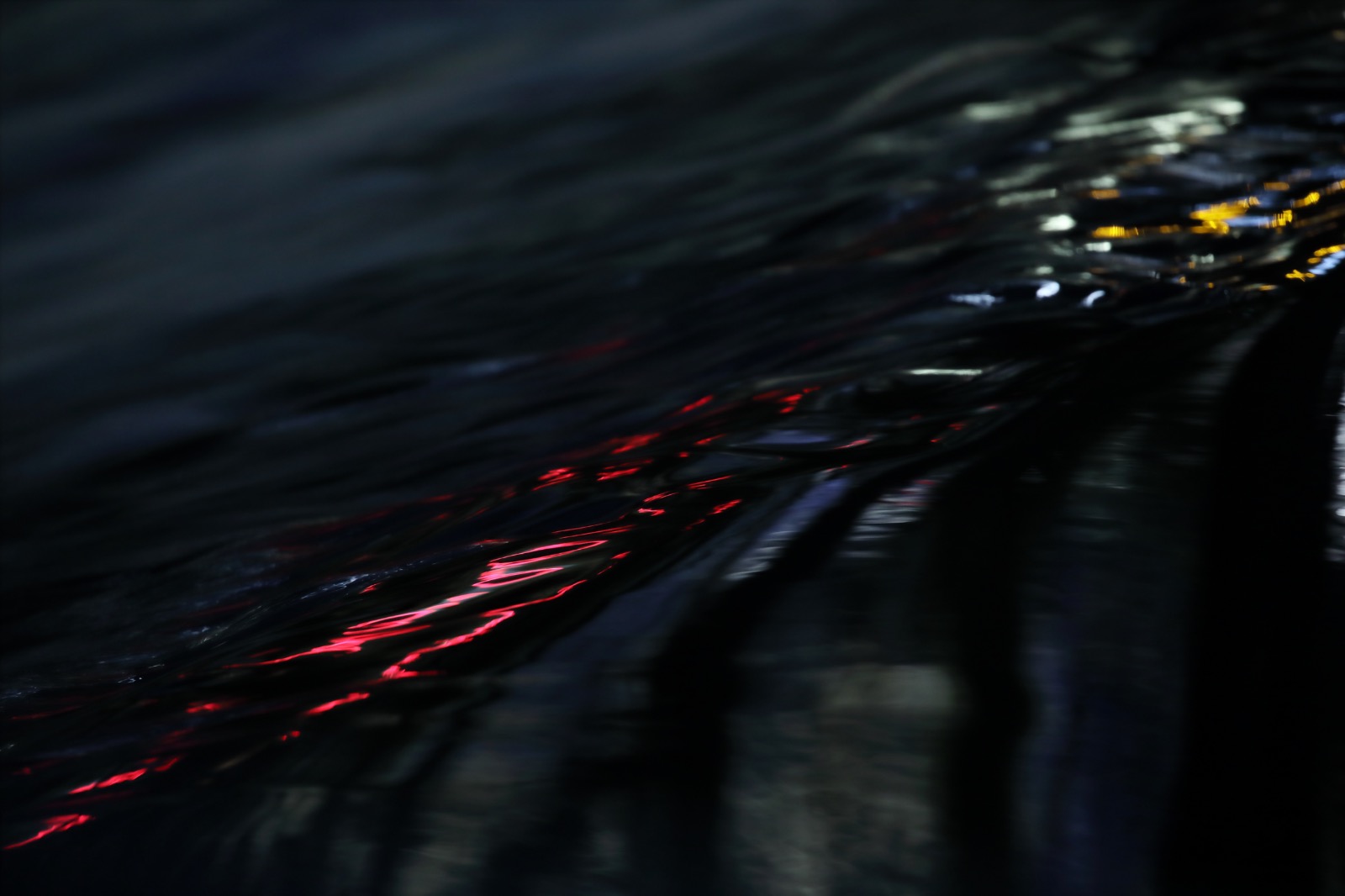
Water of Leith
January 2026 - Quieter days
Last year was one where family matters took precedence over photography resulting in me taking far fewer pictures. With less opportunities to take the camera out, my photography became much more focussed and targeted. I mainly stayed close to home which, more often than not, meant I could be found either on the Water of Leith or at Dundas Castle Estate. While visiting several locations with increasing frequency, it has still been fun exploring different, creative ways to capture familiar subjects. However, with family matters now resolved for a while, I hope 2026 will give me an opportunity to ‘spread my wings’a little further.
December was wet in south east Scotland but the rain initiated a growth-spurt of fungi. It was messy work getting down to ground level to capture some images of them but the results were rewarding; at one location there were three different species all within a few metres of each other.
A visit to a weir on the Water of Leith as dusk approached produced some interesting images. Focussing on the change in speed of flow where the still water starts to cascade down the weir, the scene was enhanced by the reflection of lights from passing traffic. The resulting images were colourful abstracts all taken in one shot; so many abstract photographs today are produced by combining separate photographs which initiates the debate about what is photography and what is ‘art’ using the medium of photography - but let’s keep that for another day! On the same visit, I enjoyed trying to capture the head of a mallard against the reflected light from a street lamp - albeit with limited success.
I was given a warm welcome by the Edinburgh Photographic Society when I gave them an illustrated presentation on Inchkeith island. One of the inner isles in the Firth of Forth, it lies just a few miles off Edinburgh and I have been photographing it over the last decade whenever visiting to assist with seabird and seal counts. The island was heavily fortified during the two world wars but has been reclaimed by wildlife since becoming uninhabited. The talk seemed to be well received and one that had been in the planning for a while.
So we now enter a new year; no resolutions from me but definitely an intention to find more time with the camera and to continue experimenting with light and developing creative techniques. I hope 2026 brings you all that you hope for.
January 2026 - Quieter days
Last year was one where family matters took precedence over photography resulting in me taking far fewer pictures. With less opportunities to take the camera out, my photography became much more focussed and targeted. I mainly stayed close to home which, more often than not, meant I could be found either on the Water of Leith or at Dundas Castle Estate. While visiting several locations with increasing frequency, it has still been fun exploring different, creative ways to capture familiar subjects. However, with family matters now resolved for a while, I hope 2026 will give me an opportunity to ‘spread my wings’a little further.
December was wet in south east Scotland but the rain initiated a growth-spurt of fungi. It was messy work getting down to ground level to capture some images of them but the results were rewarding; at one location there were three different species all within a few metres of each other.
A visit to a weir on the Water of Leith as dusk approached produced some interesting images. Focussing on the change in speed of flow where the still water starts to cascade down the weir, the scene was enhanced by the reflection of lights from passing traffic. The resulting images were colourful abstracts all taken in one shot; so many abstract photographs today are produced by combining separate photographs which initiates the debate about what is photography and what is ‘art’ using the medium of photography - but let’s keep that for another day! On the same visit, I enjoyed trying to capture the head of a mallard against the reflected light from a street lamp - albeit with limited success.
I was given a warm welcome by the Edinburgh Photographic Society when I gave them an illustrated presentation on Inchkeith island. One of the inner isles in the Firth of Forth, it lies just a few miles off Edinburgh and I have been photographing it over the last decade whenever visiting to assist with seabird and seal counts. The island was heavily fortified during the two world wars but has been reclaimed by wildlife since becoming uninhabited. The talk seemed to be well received and one that had been in the planning for a while.
So we now enter a new year; no resolutions from me but definitely an intention to find more time with the camera and to continue experimenting with light and developing creative techniques. I hope 2026 brings you all that you hope for.